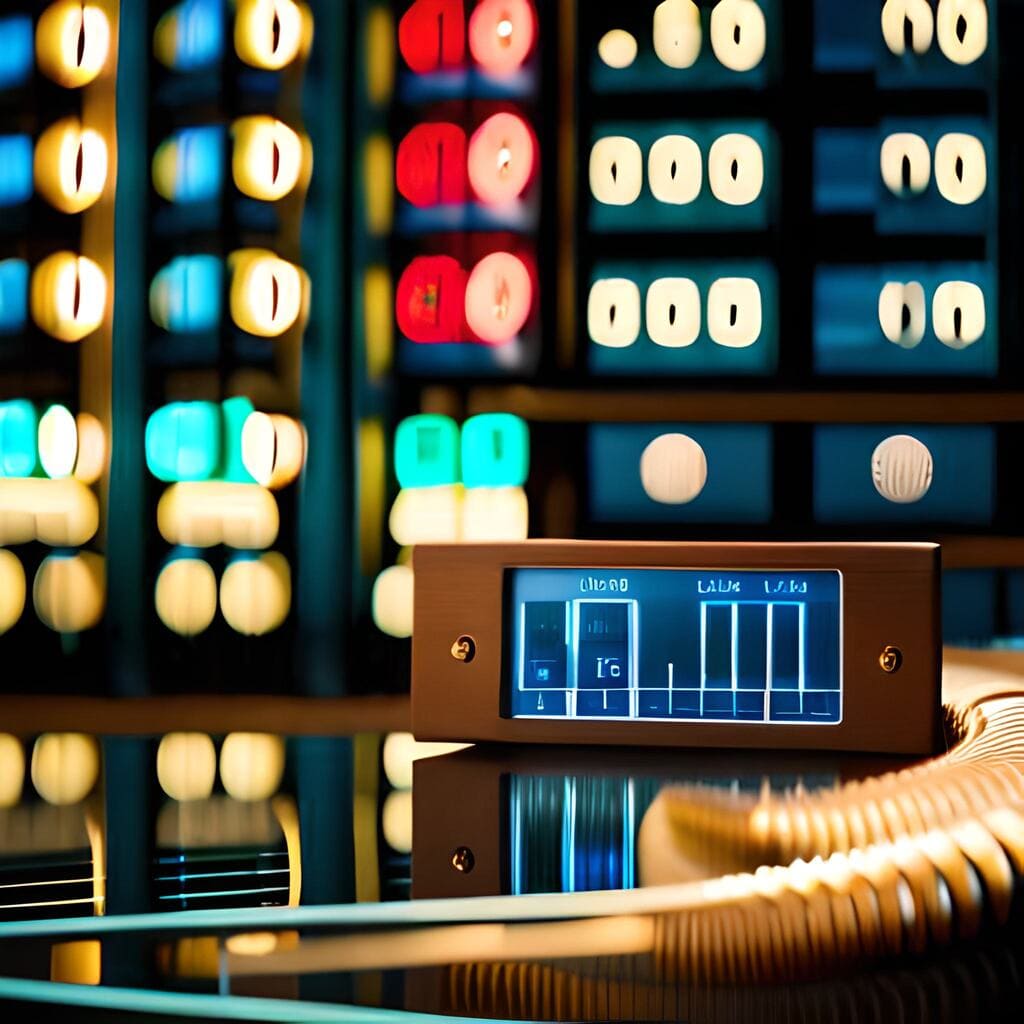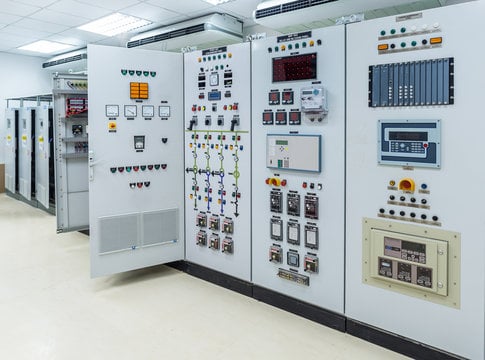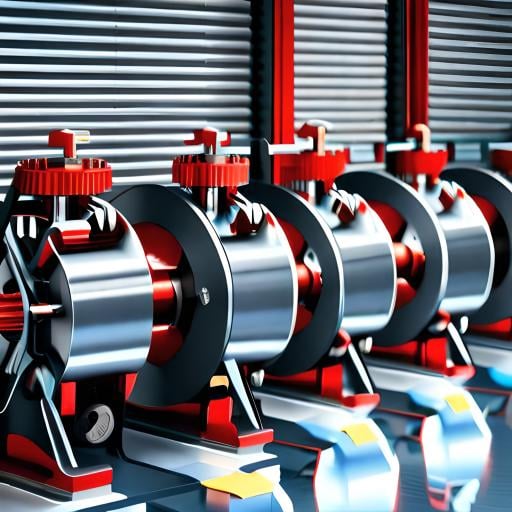Harmonics is an essential component of a power system since they impact power quality and the functioning of equipment. High harmonic levels may cause component overheating, hence shortening the device’s lifespan. Pure sinusoidal waves created by a flawless power source are corrupted by harmonics.
Harmonic distortion hinders the production and operations of a business. The following are some economic impacts of harmonic distortion:
- Harmonics result in added component losses (Joule effect).
- The presence of harmonics increases subscription power and, as a result, customer service costs.
- Equipment oversizing because of inadequate power supply
- When the quantity of distortion reaches 10 percent, the lifespan of various components is reduced, leading to a decrease in production.
- Harmonics generate peak currents that cause old technology units to trip, resulting in production losses and a significant cost to restore system function.
What Causes Harmonics?
Nonlinear loads that draw current in abrupt, brief bursts produce harmonics. Harmonic currents can travel across the whole power system because these pulses cause the current waves they generate to be disrupted. Harmonics lower the quality and efficiency of electricity in industrial settings. The electrical infrastructure of the majority of businesses is capable of securely handling loads that are up to 15% non-linear.
If non-linear loads approach 15%, negative harmonic distortions may happen. In order to ensure that harmonic levels stay within the authorized ranges, it is important to continuously check them. To minimize harmonic-related issues throughout the design process and lessen the possibility of unintended repercussions, harmonic inquiry and analysis help to retain knowledge of potential dangers and their core causes.
Harmonic Analysis Methodology:
Even though the possibility of harmonic issues is minimal, a timely harmonic analysis must be performed to guarantee that harmonic levels are suitable. These are the harmonic level progressions:
- Obtaining an electrical one-line diagram and identifying accessible nonlinear loads is the first step.
- The graphic emphasizes the significance of the shared link (PCC).
- The identification of plants susceptible to system bus distortion.
- All information pertaining to harmonics has been gathered.
- Obtain from utility companies the established PCC values, including the maximum and minimum short-circuit fault levels and the current and voltage harmonics that are permissible.
- Using open-source software, an analysis of simulated harmonics is conducted.
- Analyze the harmonics of the electrical system.
- Compute the voltage and current global and discrete distortions at the buses and PCC.
- Draw the spectrum of harmonic frequencies.
- Select suitable harmonic control measures harmonic distortion has attained acceptable levels.
- After considering mitigating circumstances, repeat the harmonic analysis.
CareLabs is a licensed supplier of harmonic analysis and research. Experts can conduct precise and risk-free assessments to detect potential harmonic levels and can help in maintaining proper harmonic levels without generating future issues.
Advantages of CareLabs' Services:
- Power systems that are more secure in compliance with government legislation and criteria
- Fully integrated electrical systems are both efficient and economical.
- Establish a safer work environment.
- Offer options quickly in case of an emergency.
- Increase security margins
- Save time by automatically producing arc flash labels and work permits.
- Avoid potential penalties and legal costs.
CareLabs has personnel stationed in many places to guarantee that our professionals are easily available for routine or urgent situations. CareLabs has rapidly become an ISO 9001:2008-accredited organization and built a clientele with a powerful reputation and excellent comments. CareLabs provides research and analysis services for harmonics in many major cities, including Amsterdam, Rotterdam, The Hague, and Utrecht.




